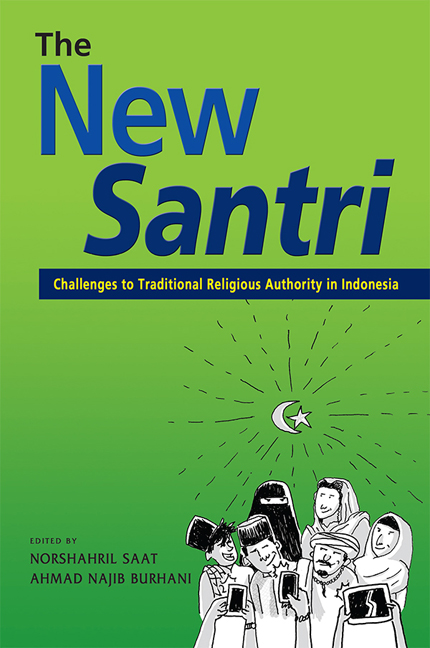13 - The Rise of Cool Ustadz: Preaching, Subcultures, and the Pemuda Hijrah Movement
Published online by Cambridge University Press: 24 November 2020
Summary
Introduction
Like many other women her age, Juliah Indah, an urban girl studying at Al-Azhar University in Jakarta, is active on Instagram (a social media platform). Yet, unlike many others, she is a “micro-celebrity” with 95,100 followers online. I first met her when she took an internship at the Research Center for Regional Resources at the Indonesian Institute of Sciences (PSDR-LIPI) as part of the mandatory requirements for her study in International Relations in October 2017. She introduced me to a young Islamic preacher, Ustadz Hanan Attaki, whom she and many of her friends were fans, and who is also known by his acronym UHA. For her, most Islamic preachers tend to deliver Islamic sermons and doctrine in a patronizing manner by expecting their followers to agree with them. She also regards their messages as missing many essential points. Juliah, however, regards UHA differently. In only a matter of one minute, he can make her understand the essence of his lectures uploaded to his Instagram. UHA's sermons leave a strong imprint in her memory. She can clearly recall his words, which at times bring her to tears. She often listens to the sermons while driving in Jakarta. For Juliah, he is the coolest ustadz (Interview, 4 October 2017).
The Islamic preaching scene in Indonesia has evolved significantly. Decades ago, there was a preacher by the name of Zainuddin MZ, who held the title of a preacher for One Million Ummah (Dai Sejuta Umat) through the circulation of his cassettes, and that he signed a contract with Virgo Record during Suharto regime. He transformed Islamic preaching from the traditional way into a pop culture and reached out to a mass audience (Zainuddin 1997). Following this, the change of the television landscape from having only one state channel to a few private television stations at the beginning of the 1990s opened up opportunities for Islamic televangelists (Muzakki 2012; Rakhmani 2016). Furthermore, unlike the one-directional media of television and radio, social media has changed the pattern and form of communication. Social media is highly fluid and multi-directional. Social media, which has a democratic and egalitarian character, is able to access information on specific events in real-time and is faster in transmission than both radio and television broadcasts.
- Type
- Chapter
- Information
- The New SantriChallenges to Traditional Religious Authority in Indonesia, pp. 239 - 257Publisher: ISEAS–Yusof Ishak InstitutePrint publication year: 2020



